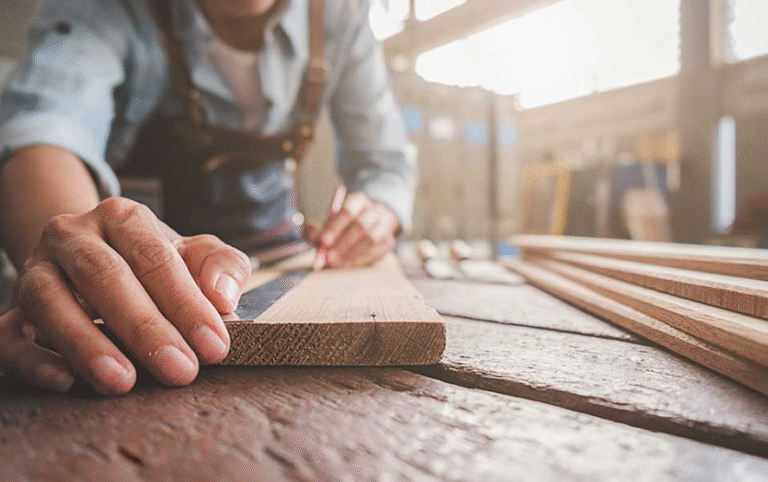How to Fireproof Metal Structures in Construction Projects
In the world of modern construction, safety and efficiency go hand in hand. One of the most crucial safety measures—especially in commercial and industrial buildings—is the fire protection of structural steel. Steel may be strong and versatile, but under high temperatures, its strength can degrade rapidly. That’s why fireproofing metal structures has become a vital part of building regulations and project planning in Spain and across Europe. Companies like Acusfoc specialize in high-quality fireproofing solutions for both new builds and retrofitting projects.
Why Fireproofing Steel Is So Important
Although steel is non-combustible, it begins to lose its structural integrity at around 500°C (932°F). In the event of a fire, an unprotected steel frame can collapse within minutes. This not only endangers lives but also causes extensive financial loss.
In Spain, where fire safety standards have grown more rigorous over the years, builders and developers are legally required to ensure that their structures meet Código Técnico de la Edificación (CTE) fire resistance guidelines. These regulations set minimum timeframes that structural elements must withstand high temperatures — commonly 30, 60, or 90 minutes.
Key Benefits of Fireproofing Metal Structures
1. Enhanced Structural Integrity During Fires
Proper fireproofing ensures that the load-bearing capabilities of steel remain intact long enough for safe evacuation and emergency response.
2. Regulatory Compliance
Meeting Spanish building codes is non-negotiable. Certified fireproofing methods ensure that your project passes inspections and adheres to the CTE framework.
3. Cost Efficiency Over Time
Preventing damage to the building’s structure avoids costly repairs or even total rebuilding. Long-term, the investment in fire protection more than pays for itself.
4. Increased Property Value
Structures that are professionally protected against fire risk are more attractive to investors, insurers, and future tenants.
See also: How Tech Startups Are Disrupting Traditional Industries
Common Fireproofing Methods for Metal Structures
There are several techniques used in modern construction to insulate and protect steel from fire. Each has its pros and cons, depending on the building’s purpose, design, and exposure risks.
A. Spray-Applied Fire-Resistive Materials (SFRM)
These are cementitious or fiber-based coatings sprayed directly onto the steel. They form an insulating barrier that delays the rise in temperature during a fire.
Pros:
- Cost-effective
- Fast to apply
- Suitable for large surface areas
Cons:
- Less durable in humid or outdoor environments
- Can be visually unappealing if left exposed
B. Intumescent Coatings
These paint-like substances expand when exposed to heat, forming a protective char layer that insulates the steel beneath.
Pros:
- Aesthetically pleasing (often used in open architectural designs)
- Thin layers, lightweight
- Ideal for retrofit projects
Cons:
- More expensive than SFRMs
- Requires skilled labor for application
C. Fireproof Boards and Wraps
Rigid panels or wraps made from fire-resistant materials can be mechanically fixed to structural steel elements.
Pros:
- Clean finish
- Durable and impact-resistant
- Excellent for use in areas with high moisture or physical wear
Cons:
- More time-consuming to install
- May be less flexible in complex geometries
Choosing the Right Fireproofing Method
Several factors should be considered when deciding how to fireproof steel in a specific construction project:
- Type of building: Residential, industrial, or commercial
- Exposure to elements: Indoor vs. outdoor steel
- Aesthetic requirements: Exposed vs. hidden structures
- Budget constraints
- Project timeline
A professional insulation company like Acusfoc can help developers select the most suitable fireproofing system tailored to their project’s unique needs and regulatory demands.
Fireproofing Standards in Spain
Spain follows the European Standard EN 13501-2, which classifies building materials by their reaction and resistance to fire. In addition, CTE DB-SI (Documento Básico de Seguridad en caso de Incendio) outlines specific resistance times and testing methods for structural components.
For structural steel, common requirements include:
- R30 (30 minutes of fire resistance)
- R60 (60 minutes)
- R90 (90 minutes)
These labels represent the time a structural component must retain its load-bearing capacity during fire exposure.
It’s critical that the fireproofing material used is tested and certified under these standards to ensure legal compliance and effective protection.
Environmental and Acoustic Benefits
Interestingly, many fireproofing systems also offer thermal and acoustic insulation benefits. For example, certain sprayed coatings or fire-resistant boards not only resist fire but also help control temperature fluctuations and reduce noise transmission — a major benefit in industrial or mixed-use buildings.
Why Local Expertise Matters
Working with a Spanish-based fireproofing expert ensures compliance with local regulations, familiarity with regional construction practices, and an understanding of Valencian environmental conditions.
Acusfoc, based in Valencia, is a trusted provider known for integrating fireproofing, thermal insulation, and acoustic solutions into one comprehensive service — a major advantage for construction firms looking for reliable long-term partners.
Fireproofing in Industrial and Commercial Projects
Beyond residential construction, fireproofing plays a crucial role in:
- Factories and warehouses: where machinery and flammable materials increase risk
- Public buildings: like schools, hospitals, and shopping centers
- Parking garages: where enclosed steel beams must meet stringent fire safety requirements
- Office buildings: that combine open design with safety regulation needs
In all these cases, a customized fireproofing plan — designed and installed by professionals — is essential to ensure safety, durability, and regulatory compliance.
The Role of Maintenance in Fireproofing
Fireproofing is not a one-time task. Over time, coatings can wear off, get damaged, or lose their effectiveness due to corrosion or physical impact. A good fire protection strategy includes regular inspection and maintenance, ensuring that your systems stay in top shape throughout the building’s lifecycle.
Final Thoughts: Invest in Safety From the Start
Fireproofing may not be the most visible part of a construction project, but it’s undeniably one of the most important. It ensures life safety, legal compliance, and financial protection against disaster. Whether you’re building a factory, an office complex, or a public facility, addressing fire safety from the design stage can prevent catastrophe down the road.
For reliable, regulation-compliant fireproofing solutions tailored to the Spanish construction sector, working with an expert like Acusfoc ensures that your steel structures are well protected, efficient, and ready to face the future with confidence.



